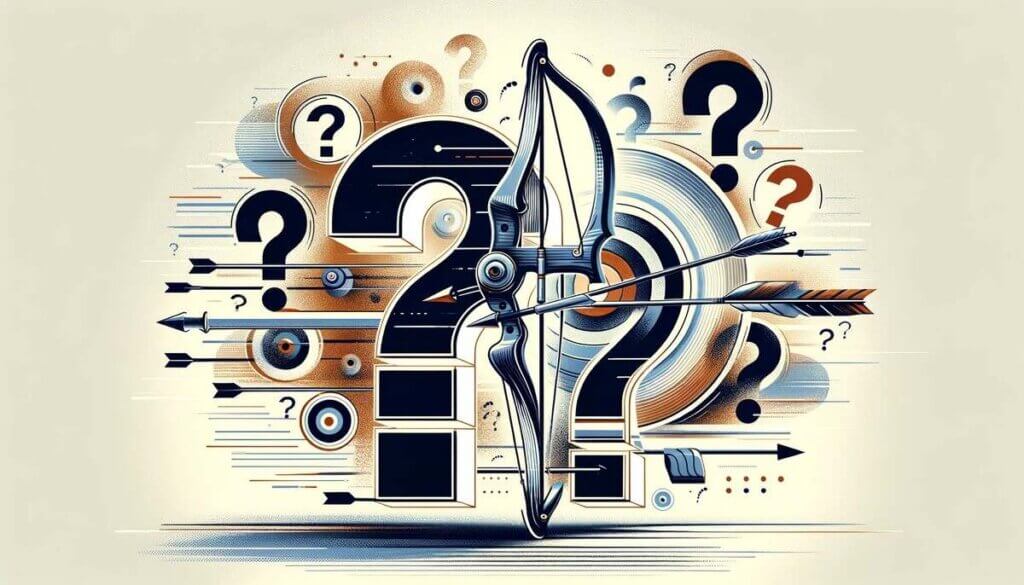We’re about to embark on an informative journey about a topic every compound bow owner should be aware of – dry firing. So, what’s dry firing, you ask? It’s the act of drawing and releasing the bowstring of your compound bow without an arrow nocked. While it might seem like a harmless action, it’s far from it.
Table of Contents
Understanding Compound Bows
Let’s start by understanding your compound bow. These beauties are not just simple bow and string setups. They are complex mechanical systems involving cams, limbs, and bowstrings, all finely tuned to work in perfect unison. They are designed to transfer energy efficiently to an arrow, not to operate in the absence of one.
The Risks of Dry Firing
Dry firing a compound bow is like driving a car into a wall at full speed without a crash barrier. The absence of the arrow means the energy has nowhere to go but back into the bow, leading to potential disaster.
Why Dry Firing is Harmful

Mechanical Impact on the Bow
When you dry fire a compound bow, the energy that should propel the arrow is instead absorbed by the bow. This can cause micro-fractures in the limbs, damage the cams, or stretch and snap the bowstring. Think of it as a mini explosion of stress on your bow.
Potential Safety Hazards
It’s not just about the bow – it’s about your safety too. Components can break off and fly in unpredictable directions. It’s a safety hazard not just to you, the archer, but to anyone nearby.
Recognizing Dry Fire Damage
Visual Inspection
If you suspect a dry fire, examine your bow thoroughly. Look for obvious signs like cracks in the limbs or fraying of the string. Check the cams for any misalignment or damage.
Listening for Unusual Noises
When drawing your bow after a suspected dry fire, be all ears. If there are any abnormal sounds like creaking or popping, it’s a sign that something’s not right.
Preventing Dry Firing
Proper Bow Handling and Maintenance
The golden rule for preventing dry firing is proper handling and maintenance. Always be mindful when drawing your bow, and ensure it’s well-maintained.
Training and Awareness
Especially for beginners, it’s vital to receive proper training. An understanding of the mechanics of your bow and the consequences of dry firing is crucial.
What to Do After a Dry Fire Incident
Immediate Steps to Take
If you dry fire your bow, stop using it immediately. Even if it looks fine, the internal damage might not be visible.
Professional Inspection and Repair
Take your bow to a professional for an inspection. They can assess the damage more accurately and advise you on repairs or replacement.
Enhancing Bow Safety and Longevity Tips
Regular Maintenance Tips
Your bow’s longevity depends on regular maintenance. This includes routinely checking for wear and tear, ensuring the limbs are properly aligned, and the strings are in good condition.
Using Bow Accessories
Investing in good quality bow accessories like dampeners, string silencers, and stabilizers doesn’t just enhance performance; it also adds an extra layer of protection to the bow.
Conclusion: Protecting Your Compound Bow
Remember, a compound bow is an investment in your passion for archery. Treat it with care, stay educated on best practices, and avoid dry firing to ensure its longevity and your safety.
FAQs

- What are the immediate signs of damage after dry firing a bow?
- Look for visible cracks, twisted limbs, or fraying strings. Listen for abnormal sounds when drawing the bow after a dry fire incident.
- Can a dry fired bow be repaired, or should it be replaced?
- This depends on the extent of the damage. Minor issues may be repairable, but significant damage often warrants a replacement.
- How often should I inspect my compound bow for potential damage?
- Regular inspections are recommended, ideally before and after each use, and more thorough checks every few months.
- Are certain types of compound bows more susceptible to damage from dry firing?
- Higher-powered bows or those with more complex mechanisms may be more vulnerable to significant damage from dry firing.
- Can using certain arrows prevent the risk of dry firing?
- While the type of arrow doesn’t prevent dry firing, using the correct arrow for your bow reduces the risk of accidentally shooting without an arrow.

